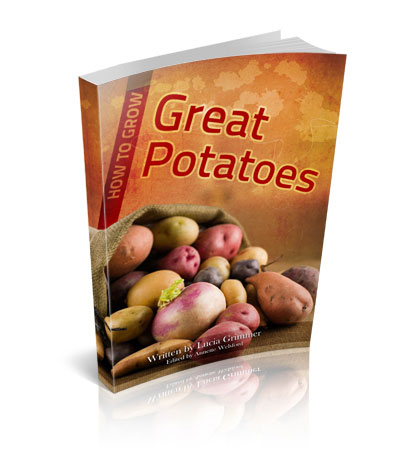The Effect of Flooding in Soils – Part 2
Which Nutrients are Affected in Saturated Soils?
The summer season of 2010/2011 has seen widespread flooding in many areas, and the “heavier than normal” snowfalls during the winter period have also contributed to saturated soil conditions. In part 1 of this article, we covered the benefits of organic matter in flood affected soils. In follow-up, in this article we will look at what happens to your soil nutrients in saturated soil and what you need to do to keep your crops growing.
As crops absorb their nutrients, the condition of the soil is paramount to the availability of the nutrients it contains. Excessive moisture or flooding affects the availability of some nutrients more than others. Rather than wait until you see nutrient deficiency symptoms on your crop, it is best to be pro-active and amend what is likely to have been lost or leached.
What is leaching?
When the soil becomes saturated, it reaches a point where it will no longer hold any more moisture. As the air spaces become filled with water and the water has no place else to go, it gets pushed downwards out of the root zone taking the nutrients with it. This is known as leaching. Leaching takes place at different rates in different soil types – according to how much water they can hold. eg sandy soils hold less water than clay soils. Thus, nutrients are less likely to leach from clay than from sandy soils.
Other factors that affect leaching are the amount of water use by plants and of course, the amount of water.
Nitrogen (N)
There are several forms of nitrogen: ammonium, nitrate and nitrite. It is the nitrate form that is easily leached from a saturated soil profile. Nitrate nitrogen comes from manure, decaying plant material or fertilizers. Under saturated soil conditions, losses of nitrogen can be substantial. Leaching will occur rapidly on coarse textured sandy soils, but is a slower process on loam and clay soils due to slower water movement. Gaseous loss of nitrogen also occurs as a result of the activity of soil microorganisms which reduce nitrate under saturated conditions. However, soil microorganisms are not very effective at decomposing organic matter or crop residues when the soil is saturated, slowing the release of nitrogen from this source.
Other forms of nitrogen, such as ammonium (NH4+), generally do not leach. Unlike nitrate, the ammonium form does not leach because it is attached to the soil and resists movement with water.
Phosphorus (P)
The availability of phosphorus to plants can be dramatically reduced under wet soil conditions. Reduced microbial activity (and therefore P transformation in saturated soils) reduces phosphorus release within the soil complex. In addition, the beneficial root fungi (mycorrhizae – which most crops have an association with), which normally enhance the absorption of phosphorus and other nutrients, are often reduced after flooded conditions. This leads to limited plant access to phosphorus supplies due to the restricted volume of soil being explored by the plant root system.
Potassium (K)
Considerable compaction can occur on wet soils, especially clays, as a result of tillage or traffic. Wet ground is more prone to compaction, which also restricts plant root growth and uptake of potassium. Otherwise flooding has little direct effect on potassium availability although there may be minor leaching on sandy soils.
Indirectly, potassium (and phosphorus) may be less available in soils that remain wet and cold in Spring. In addition, the role that potassium plays in helping crops to resist plant disease can be negatively affected when saturated soil conditions limit crop uptake.
Sulphates (S)
Like nitrates, sulphates are very mobile and subject to leaching. As sulphates come mainly from soil organic matter, their release is impacted by any physical factor that restricts their breakdown by microbes. As flooding can kill off microbes, this can affect the availability of sulphates, apart from leaching.
Calcium (Ca)
Plants rely on active water translocation for uptake of calcium. Any factor which affects water uptake, such as flooded soils, will affect uptake of calcium. As calcium is a critical requirement for crops like tomatoes, it is one of the first nutrients that may need to be considered for replacement in affected crops.
The next article in this series will deal with amending nutrition in flood affected soils and crops.
Tags: floods, soil treatment












